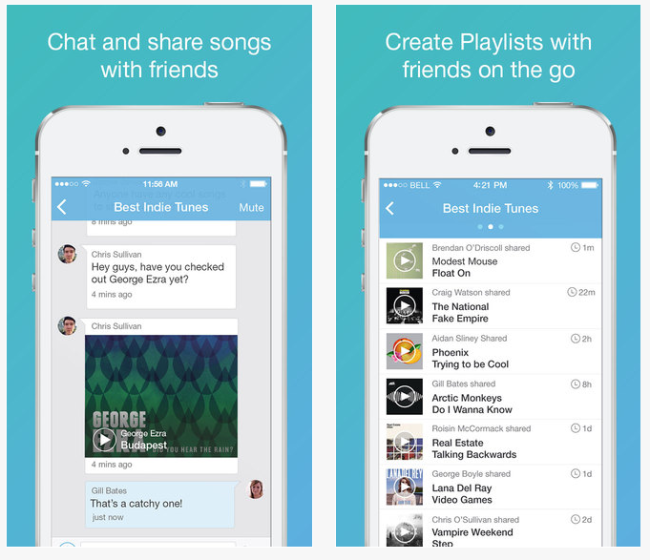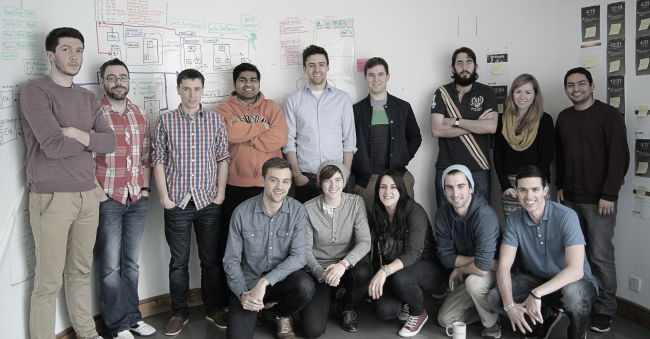Brendan O'Driscoll, CEO, Soundwave
“It’s like Instagram and WhatsApp had a love child!” That’s how Soundwave CEO Brendan O’Driscoll describes the next-generation Soundwave app that went live today with new messaging features.
O’Driscoll says the new Soundwave app that went live this morning on the Apple App Store and Google Play store comes with the ability to chat and share music from more than 30 music sources, such as Spotify, Deezer and YouTube.
Another key feature is the ability to share what you’re listening to on native music players on iOS and Android devices across the social web.
Soundwave, begun above a launderette near Grand Canal Docks in Dublin, has been a roaring success and the music-sharing and mapping app has been downloaded more than 1m times in 190 countries around the world.
The company, now located above a burrito bar in Rathmines, employs 10 people and will be growing its headcount in Dublin and Silicon Valley, California, to 16 in the coming months.
Soundwave completed a seed round with ACT Venture Capital and a number of private investors and owner of the Dallas Mavericks Mark Cuban has joined the company’s board.
O’Driscoll has been spending time in Silicon Valley establishing the company’s new offices, as well as working with partners such as Facebook, Apple and Google.
The Switzerland of music

“We’re trying to build the best product that we can and we believe there’s a world of opportunity in terms of uniting the various music services people enjoy.
“People can listen to their favourite songs on YouTube or Spotify and this will be updated to their profile for their friends to see what they are listening to.
“With the new instant music messenger function, users can interact with their friends while playing the songs, as well.”
O’Driscoll says the app has been tested rigorously in a private beta among a network of 400 to 500 friends over the past few months.
“Friends can create private groups around their music, such as ‘Best Indie Tracks’ and invite friends into a group chat and add their songs to the group.
“The feedback from friends is the app is addictive. So we’ve been honing and refining the experience. We see this as the mix tape for Generation Y.”
Wall of sound

The Soundwave team in Dublin
O’Driscoll says Soundwave took advantage of many of the open APIs that exist but also doubled down on the closed APIs that would be used in native music players on iPhone and Android devices.
“One of the problems for music services online has been the fact that they couldn’t draw information based on what people were listening to on native music players on smartphones.
“That’s where we spent a lot of our tech time building up the technology that has the ability to understand what the music player on the iPhone is actually doing and similarly for Android devices, as well.
“Our efforts got the attention of Apple and Google and we can also share what people are listening to on their desktop players to allow them to share what they’re listening to with their friends and talk about it.”
Soundwave has actually been a critical success in Japan, mainly because streaming services haven’t taken off to a great extent there but people still want to see what their friends are listening to online.
“Nobody provides this level of visibility except for us. We are capturing data from over 30 different music players right now. We call ourselves the Switzerland of music – a hub where everybody can congregate, whether they are on Spotify, Deezer, Pandora or just using their native desktop or mobile music player.”